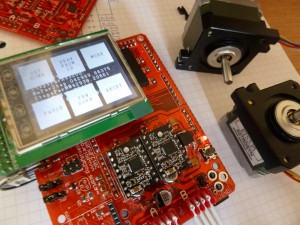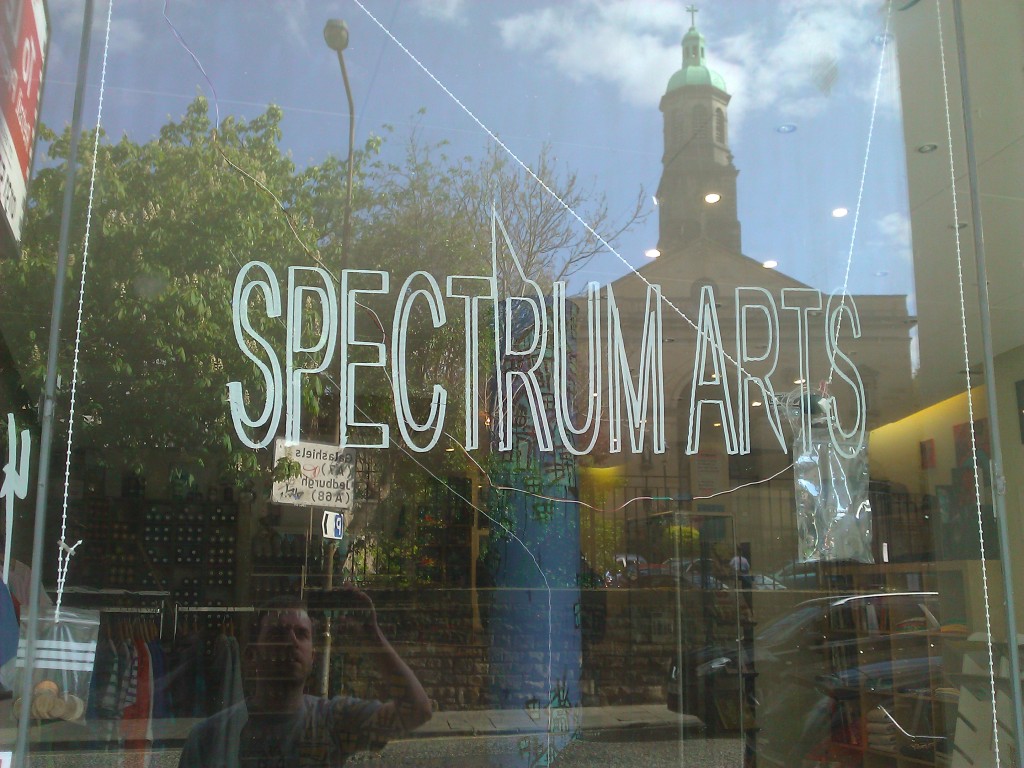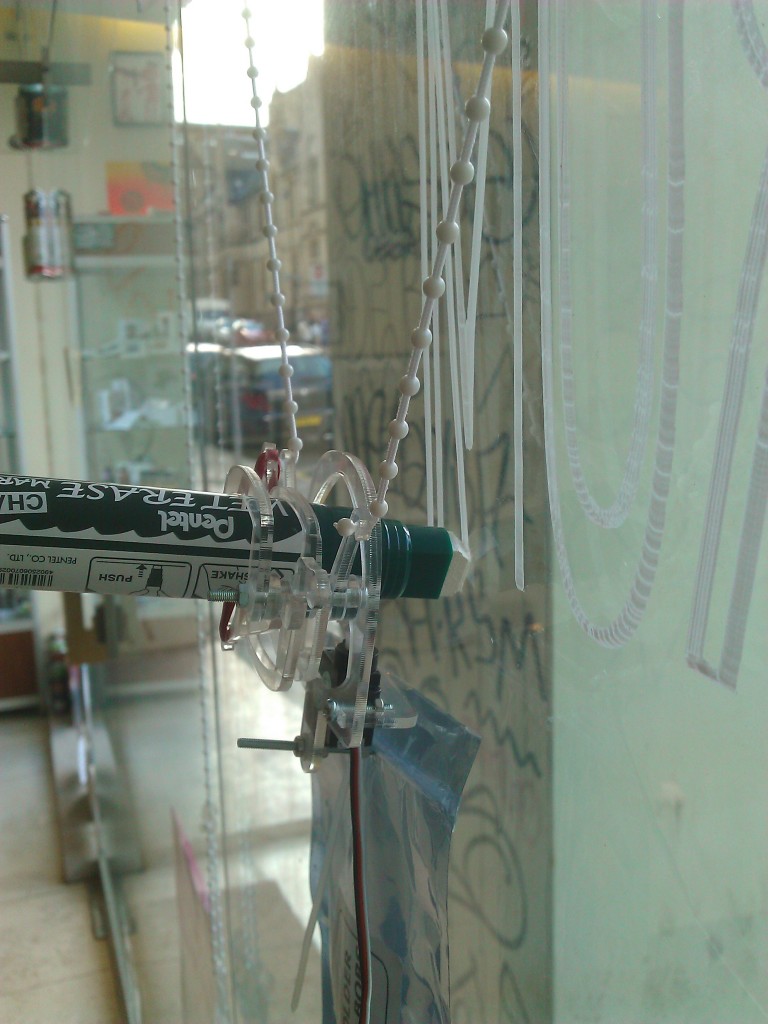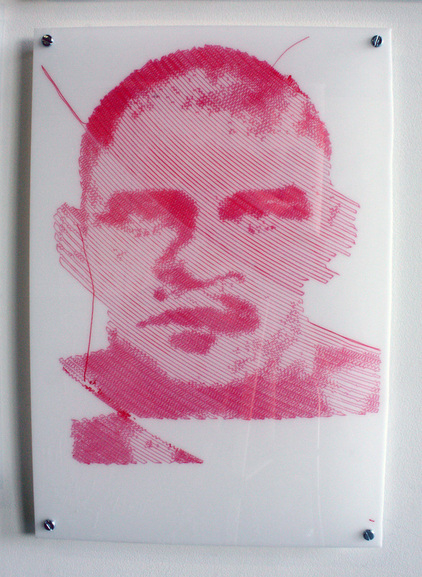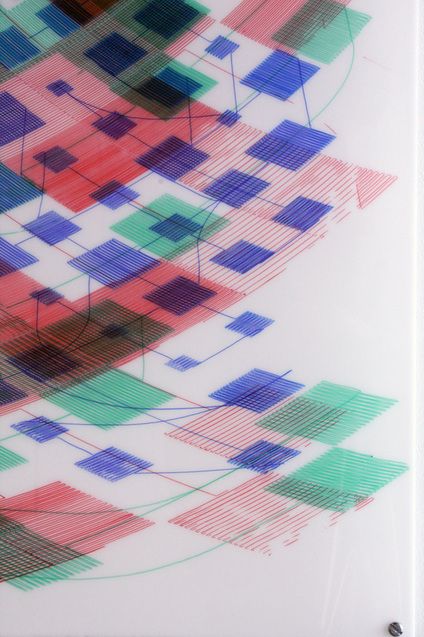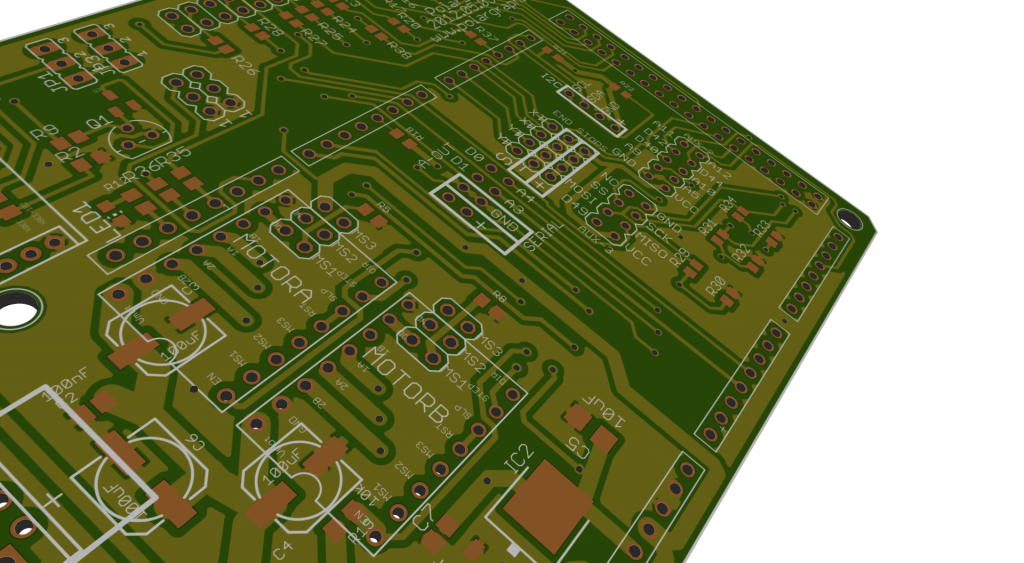A few things came out of my initial tests:
1. The board, fully populated, is prone to resetting while handling with fingers. Now this, obviously is pretty disasterous and indicates something operating very close to its reset threshold. I’m using a transistor in the XBee circuit so that the board can be reset by the XBee – this should allow remote programming / firmware upload, and I _would_ like to have it. When I take this transistor out, then the board is robust, and doesn’t reset itself. I will have a closer look at this and hope it is a matter of tweaking component values either side of the transistor. If not, then I am going to dispense with the transistor entirely. It has dual footprints, so either a SMT or through-hole part can be mounted, and if you’re happy with the risk, you can solder them in yourself. If it isn’t there, then everything will still work ok, but you’ll need to plug in with a wire to do upload firmware.
2) The voltage divider that handles the SPI interface to the SD card didn’t work. Seriously. I can see now that it’s obvious that it won’t work (5v input, 10K resistor between output, and 10K resistor to ground. I guess the circuit was shooting for 3.3v output?). I went back to check the source of the circuit to see what was different about that … turns out that doesn’t work either, and never has. Fixed by adding links instead of resistors in half of the divider.
3) Orientation. The screen mounts onto the top of the board, and orientates the board so that all the cables come out the bottom. While this looks very neat in a sketchbook, or when hanging up, it is a pain to work with loose .. because there’s no bottom-edge to put it down on.
4) Screen orientation. The screen can mount directly to the board if the board has female headers attached. This makes it really neat and handlable but perversely makes the problem above (wires coming out the bottom – oof) more of a stinker. A solution is to put male pin headers on the board, and have the screen mounted on a short piece of ribbon cable so it can be orientated separately. Thoughts about this are very welcome as the board can’t easily have both male and female headers, and there’s no going back once they’re soldered.
Currently looking at shipping these initial kits first thing next week. Four days late, tsk, sorry about that everyone.

